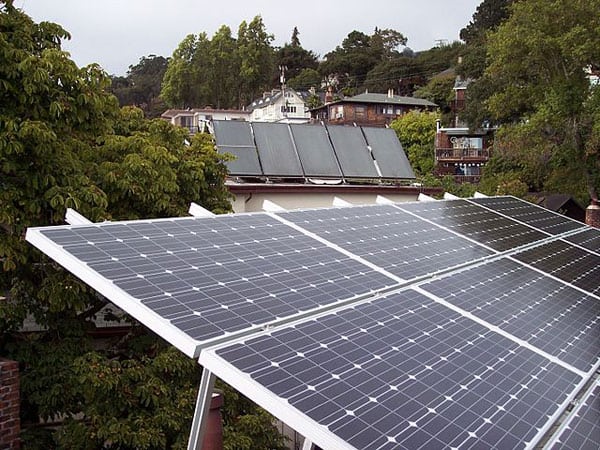
July 30, 2018; Yale Environment 360
Despite the Trump administration’s quest to invalidate California’s authority to enforce stricter rules on greenhouse gas emissions, California continues to lead the pack in reducing its carbon footprint through its cap-and-trade program. The program “caps” the amount of carbon dioxide emissions while allowing companies to “trade” surplus allowances to other businesses that surpass emission limits. Companies are able to purchase allowances at monthly auctions that have generated $4.4 billion in state revenue since 2012.
As the state transitions to clean, renewable energy, it recognizes the need for equitable policies and practices that center the most marginalized. Research shows that low-income communities incur higher energy costs and are more likely to suffer from environmental pollutants, resulting in increased rates of disease. As a result, the state has engaged in energy justice—the involvement of underrepresented communities in creating solutions and the fair distribution of clean energy benefits within its clean energy laws. Under Assembly Bill (AB) 1550 (Gomez, Chapter 369, Statutes of 2016), 35 percent of auction proceeds must be used for projects targeting state-defined disadvantaged communities.
One shining example of the state’s progress, is the construction of Casas de la Viña, an affordable housing complex specifically designed for farm workers in Central Valley. The development was conceptualized by Self-Help Enterprises, a community development nonprofit whose mission is “to work together with low-income families to build and sustain healthy homes and communities.” The organization serves San Joaquin Valley, known for its agricultural production and high poverty rates. Casas de la Viña is considered a groundbreaking project for a region whose housing often lacks adequate sewer, energy and water services. The complex, which is managed by a nonprofit developer, has “upgrade[d] its hot water systems, put in interior and exterior LED lighting, replaced old refrigerators and faucets, sealed ductwork, [and] installed heat-pump water heaters (which are about 200 percent more efficient than the old models),” with the assistance of the Association for Energy Affordability, a nonprofit energy provider. The upgrades contributed to the complex achieving zero net energy status, one of the first housing complexes in the United States to do so.
Sign up for our free newsletters
Subscribe to NPQ's newsletters to have our top stories delivered directly to your inbox.
By signing up, you agree to our privacy policy and terms of use, and to receive messages from NPQ and our partners.
While the marriage of policy and nonprofit partnerships has proven successful in targeting such communities, building community trust continues to be a barrier to green energy adoption. Centering equity and the involvement of marginalized communities will be critical in changing energy consumption behavior and mindsets. Despite the inherent challenges, California has made considerable progress in this area. For instance, in 2017, the state increased the share of people from underrepresented communities enrolled in clean energy apprenticeship programs to 60 percent.
Additionally, the state offers funding to nonprofits to promote energy justice through its California Environmental Protection Agency (CalEPA) Environmental Justice (EJ) Small Grants Program. Grants of $50,000 are provided to nonprofits that specifically engage underrepresented communities in designing solutions and benefiting from clean energy. Projects range from developing youth ambassadors, training cosmetologists in chemical reduction strategies, training indigenous tribes in wildfire reduction techniques, and engaging incarcerated people in creating solutions to environmental justice.
As California continues its efforts, more states may look to California as a model for successfully engaging citizens as partners in a greener, more equitable future. As California has shown, multi-stakeholder partnerships with local agencies, community-based organizations, businesses and other stakeholders, are necessary to get the transformational change needed to stave off extreme weather.— Chelsea Dennis












